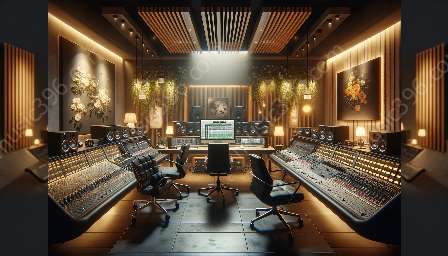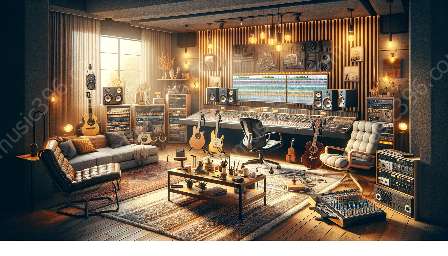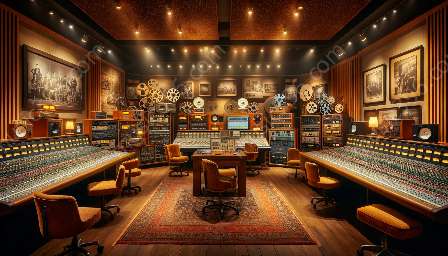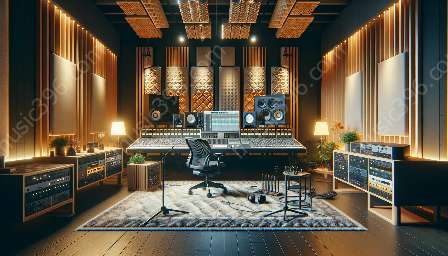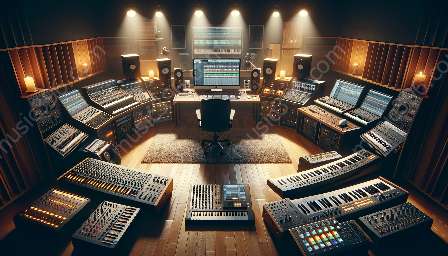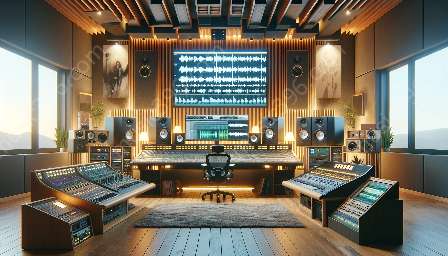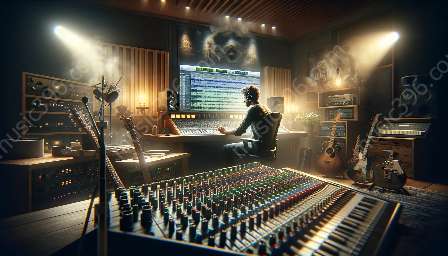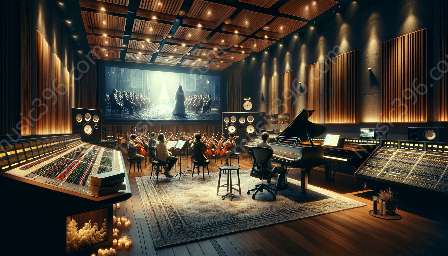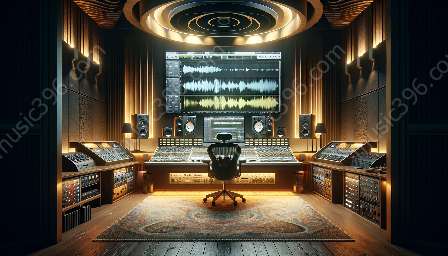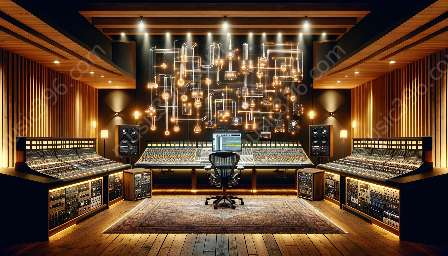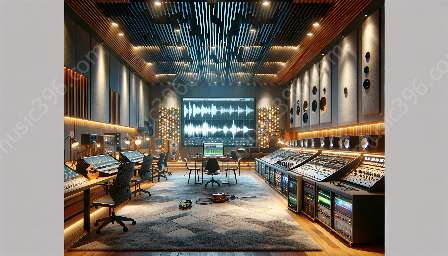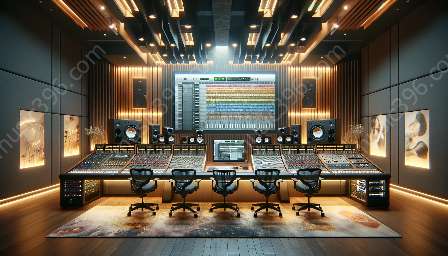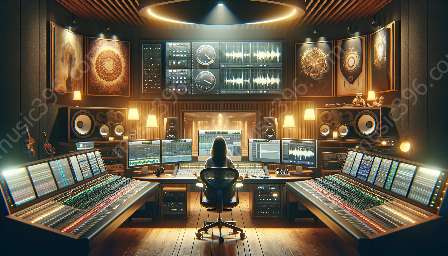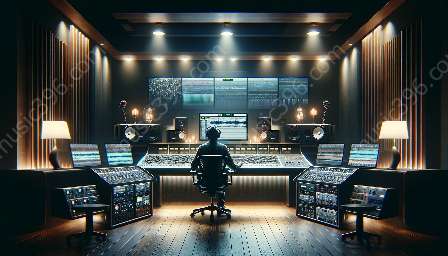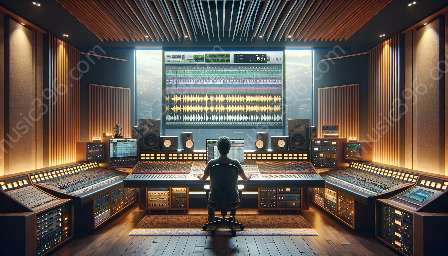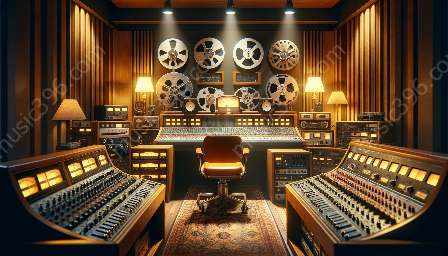When it comes to capturing specific ambient sounds such as bird songs and water flowing, there are various techniques that can be used, applicable in both ambient and field recording as well as music recording. This topic cluster dives into the different methods, equipment, and considerations for capturing these types of ambient sounds.
Ambient and Field Recording
Ambient and field recording involve capturing sound in its natural environment, often focusing on the unique and diverse sounds of nature. When aiming to capture specific types of ambient sounds such as bird songs or water flowing, the following techniques can be effective:
- Microphone Selection: High-quality condenser microphones with a wide frequency response are ideal for capturing detailed ambient sounds. Additionally, specialized microphones like parabolic and shotgun mics can help isolate specific sounds such as bird songs from their surroundings.
- Positioning and Placement: Proper positioning of microphones is crucial to capturing clear and natural-sounding ambient sounds. Placing microphones near the source of the sound, at a suitable angle, and at an appropriate distance can help achieve desired recordings of bird songs and water flowing.
- Field Recording Equipment: Portable recorders and audio interfaces designed for field recording are essential tools for capturing ambient sounds on location. These devices often offer high-quality preamps and onboard processing to maintain audio fidelity in various environments.
- Wind Protection: When recording outdoors, using wind protection devices such as blimps and windscreens can reduce unwanted noise from wind interference, ensuring the clarity of ambient recordings.
- Surround Sound Techniques: Techniques such as binaural recording and ambisonic recording can provide immersive and spatially accurate representation of ambient sounds, including the subtle nuances of bird songs and flowing water.
Music Recording
While ambient and field recording techniques are vital for capturing natural sounds, similar methods can also be applied in music recording to achieve specific ambient sounds:
- Room Acoustics and Environment: Creating a suitable acoustical environment can enhance the recording of ambient sounds, including simulating natural spaces for water flowing or using reflective surfaces to capture bird songs with natural reverberation.
- Instrumentation and Resonance: Musical instruments, such as wind chimes and water-based percussion, can be used to produce ambient sounds that complement recordings of nature, adding layers of organic textures to music compositions.
- Signal Processing and Effects: Utilizing reverb, delay, and modulation effects can further shape and manipulate ambient sounds within music recordings, emphasizing the ethereal qualities of bird songs and water flowing.
- Spatial Microphone Techniques: Employing stereo and surround microphone techniques in music recording can help capture the spatial elements of ambient sounds, immersing listeners in a sonically rich environment.
By integrating the techniques for capturing specific types of ambient sounds within the realms of ambient and field recording as well as music recording, creators can harness the beauty and tranquility of nature to enhance their audio productions, bridging the gap between the natural world and artistic expression.



